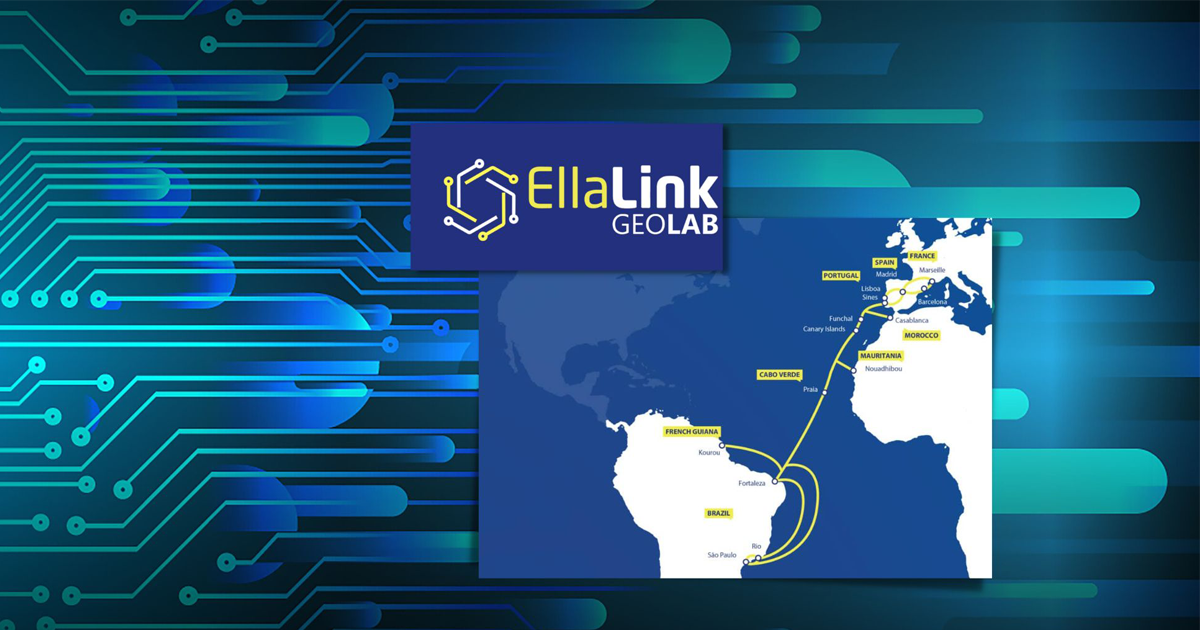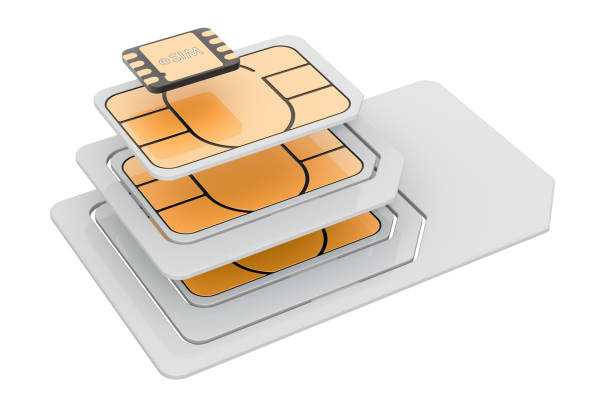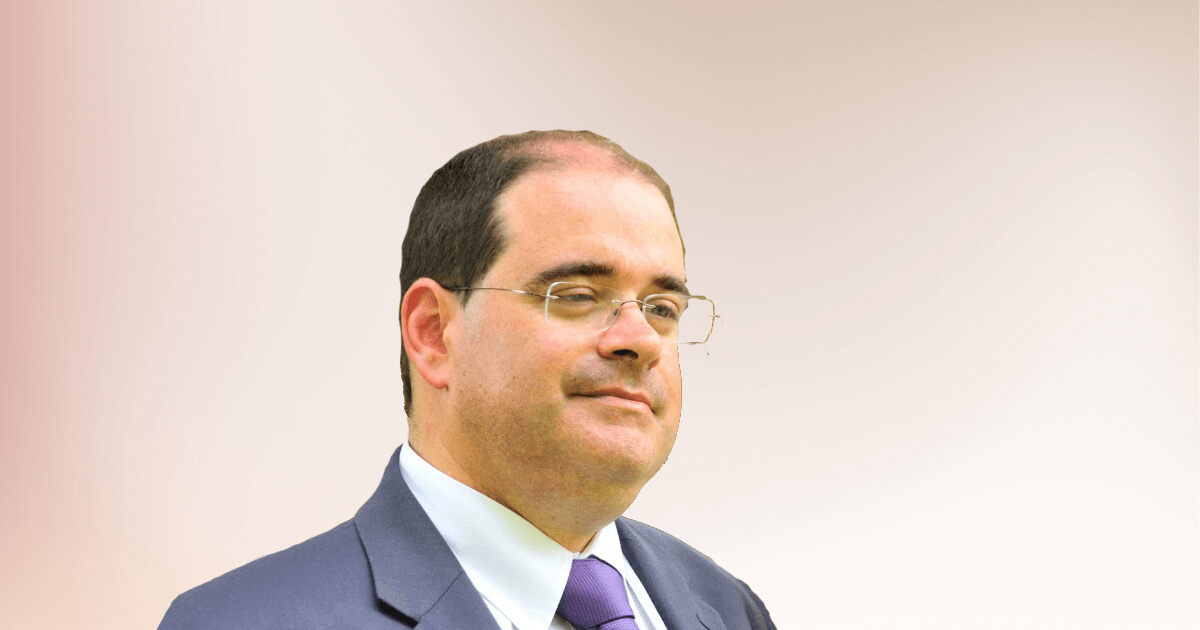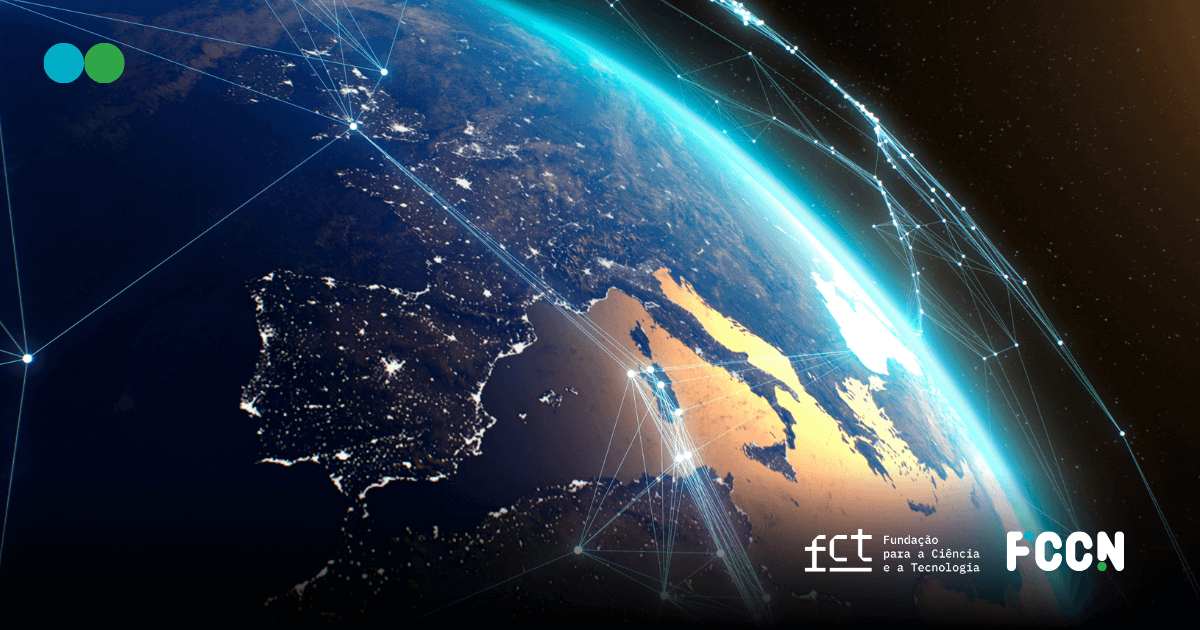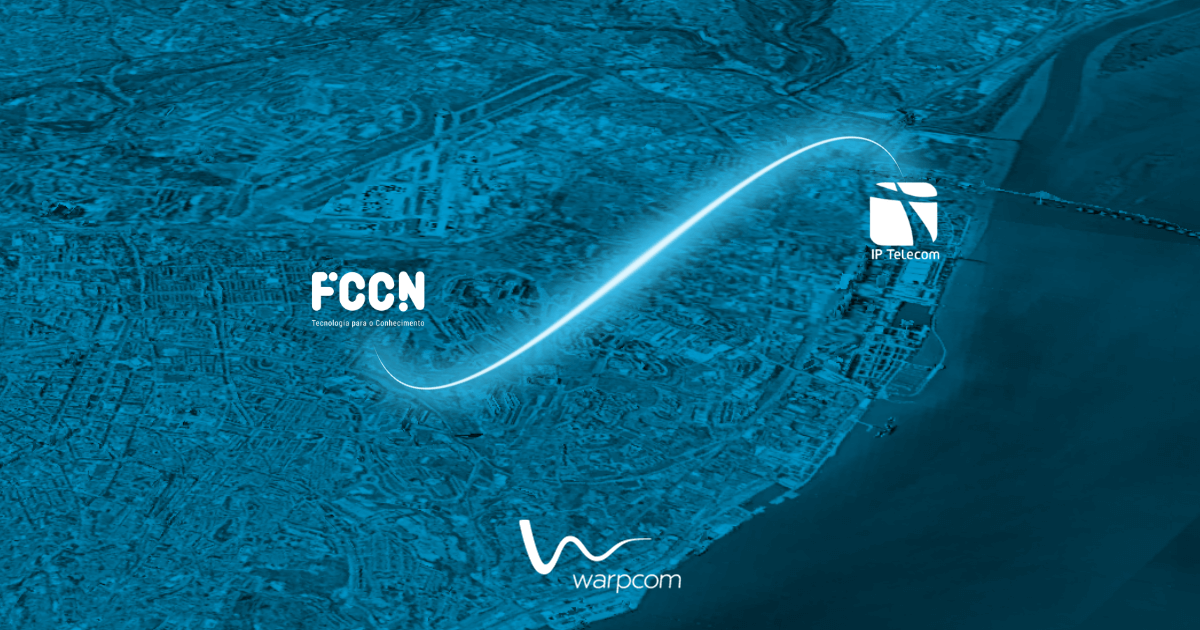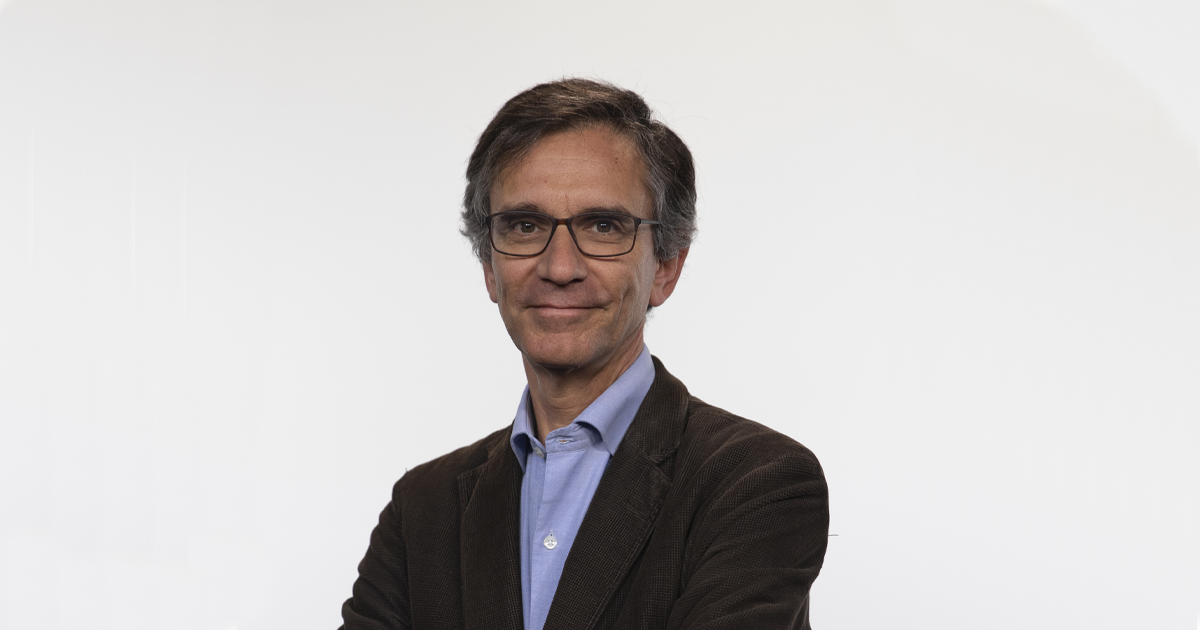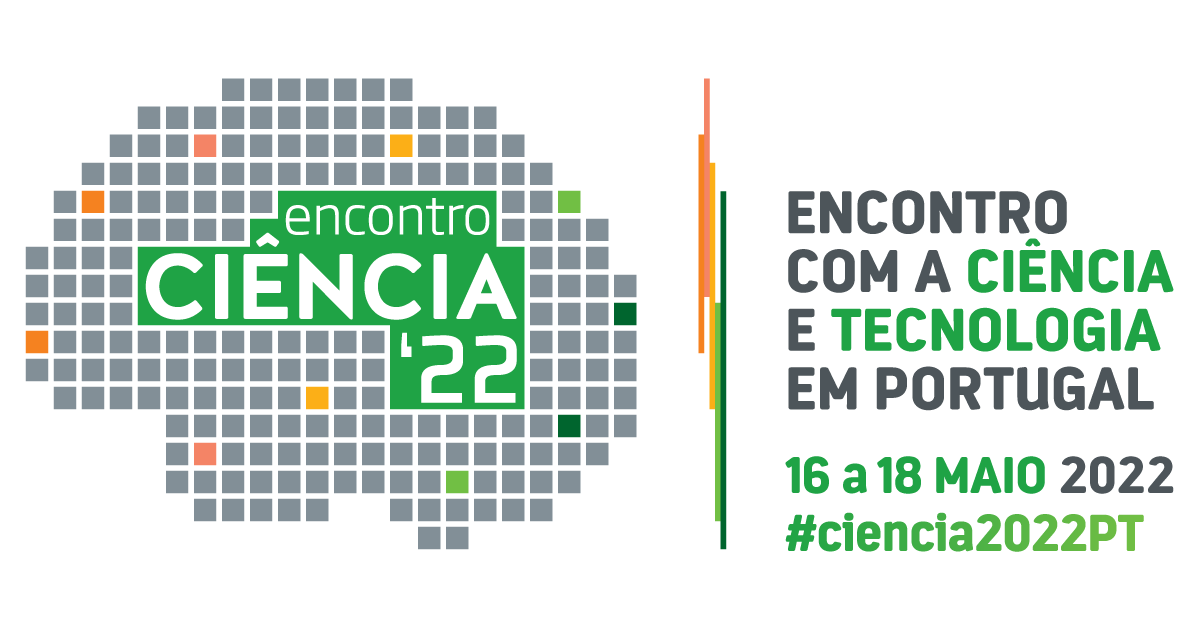Em maio de 2022, a Fundação para a Ciência e a Tecnologia (FCT) e a EMACOM – Telecomunicações da Madeira assinaram um protocolo para promover a utilização de fibra ótica para fins de investigação – o primeiro passo rumo à criação do GEOLab. Seis meses depois, Orlando Frazão, investigador do INESC TEC, coordenou o primeiro projeto de investigação a recorrer ao EllaLink GeoLab – infraestrutura criada a partir do cabo submarino EllaLink para o estudo das condições do solo oceânico.
O EllaLink GeoLab está suportado numa terceira fibra instalada na derivação para a Madeira, propriedade da EMACOM, que também disponibiliza os serviços de alojamento do equipamento de medição com a tecnologia DAS na estação de amarração do Amparo.
A gestão e operação das experiências do EllaLink GeoLab está a cargo da FCT, através da Unidade FCCN, que assegura o acesso da comunidade de investigação e ensino a estes recursos, atuando como “uma cola que garante a comunicação entre todas as entidades e empresas participantes”, como refere Clayton Costa, da Unidade FCCN. Clayton Costa destaca ainda a importância estratégica do projeto GEOLab enquanto avanço importante para Portugal, ao permitir que “regiões que não se localizam no continente possam ser palco de novos projetos”.
Convidámos o investigador do INESC TEC, Orlando Frazão, a explicar-nos de que forma estes recursos têm contribuído para o trabalho científico, designadamente o papel que a tecnologia de base do GeoLab pode cumprir na proteção dos oceanos:
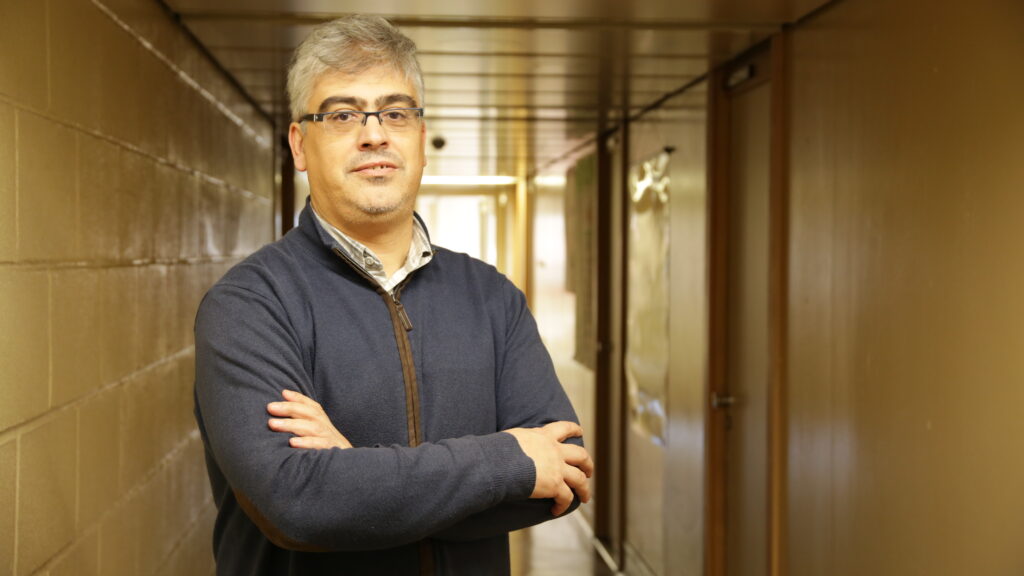
FCCN: De que forma é que os recursos do GeoLab são importantes para a investigação que tem desenvolvido?
Orlando Frazão: Ao longo dos últimos anos, o INESC TEC tem desenvolvido e trabalhado em projetos na área da medição distribuída, quer em ambiente de laboratório, quer em situações reais. A estreita colaboração com a Universidade de Alcalá tem permitido a aquisição de conhecimento com a tecnologia DAS [Sensor Acústico Distribuído].
A necessidade de procurar parceiros que possam usar esta tecnologia é um dos objetivos do Centro de Fotónica Aplicada. A colaboração com o EllaLink GeoLab permitirá aplicar a tecnologia DAS numa aplicação real, nomeadamente, aproveitando a instalação dos cabos submarinos e a sua conectorização com o equipamento DAS para estudar vários fenómenos da natureza e atividades humanas. O principal objetivo deste projeto de investigação é a monitorização de cabos submarinos situados na Madeira com a tecnologia DAS. É também objetivo analisar e comparar os resultados obtidos com os DAS instalados em vários pontos do mundo.
FCCN: Que resultados foram obtidos, a partir do GeoLab, e de que forma é que esse conhecimento é relevante para a investigação em curso?
Orlando Frazão: Neste momento, o equipamento está em modo de aquisição de dados. Tendo em conta a elevada quantidade de dados a serem armazenados, a sua análise é complexa e levará vários meses até à conclusão. No entanto, o conhecimento adquirido será muito relevante para a compreensão do movimento das marés, dos barcos e a deteção de microssismos.
FCCN: Como avalia o processo de articulação com a infraestrutura? Todas as expectativas estão a ser cumpridas?
Orlando Frazão: O processo de articulação com a infraestrutura foi complexo, mas a colaboração entre os dois parceiros tem sido excelente e esperamos que o sistema em funcionamento apresente resultados frutíferos até ao final do projeto.
FCCN: Qual pensa ser a relevância do GeoLab, no âmbito do sistema científico nacional?
Orlando Frazão: Penso que Portugal tem uma costa marítima muito importante, e que não é mais do que um laboratório vivo cheio de potencial para o desenvolvimento de atividades científicas. É também de elevada importância proteger a nossa costa, processo que, idealmente, deve ser efetuado 24h por dia e em tempo real. A tecnologia DAS permite essa monitorização e esperamos demonstrar esse feito no final do projeto. O futuro está no mar e penso que devemos fazer uso da nossa comunidade científica para o enriquecimento científico nacional e internacional.
